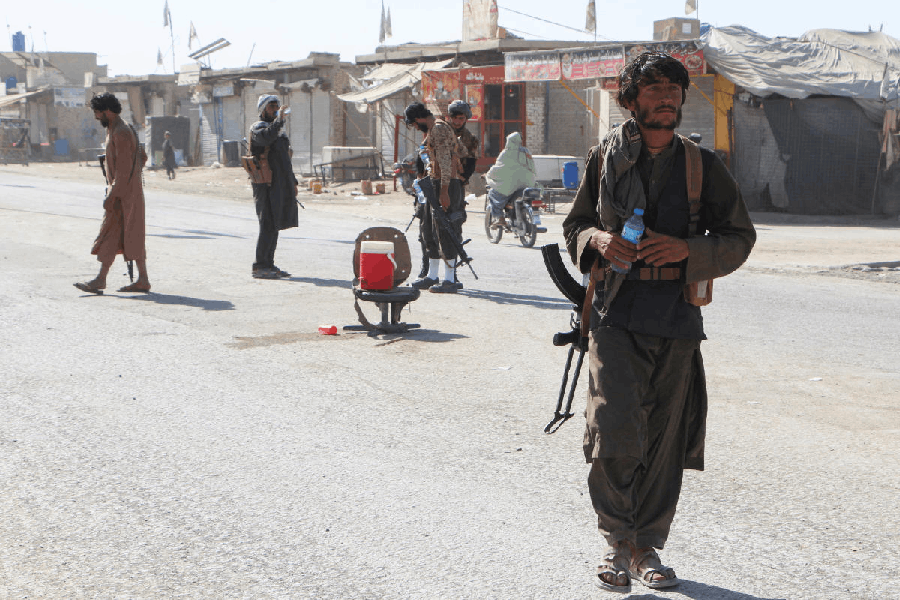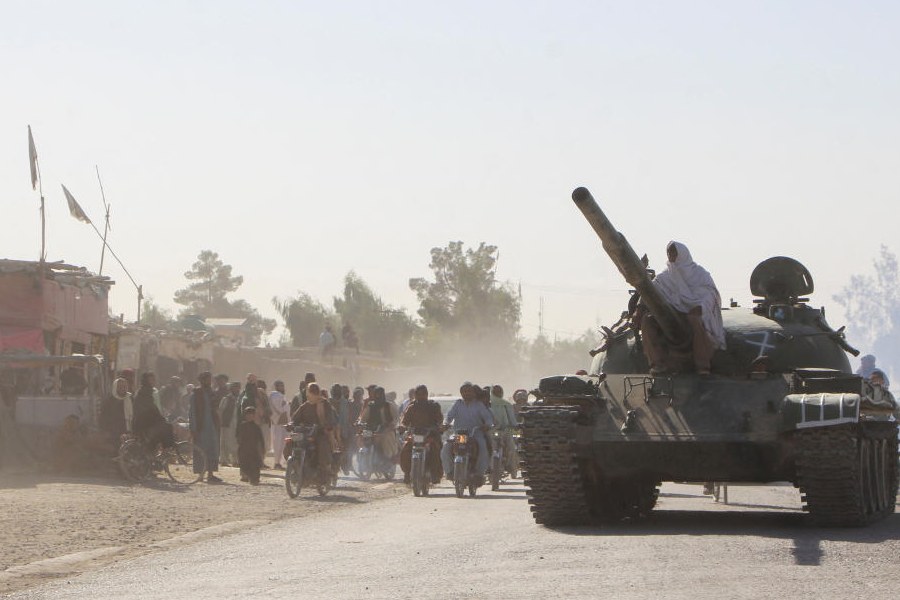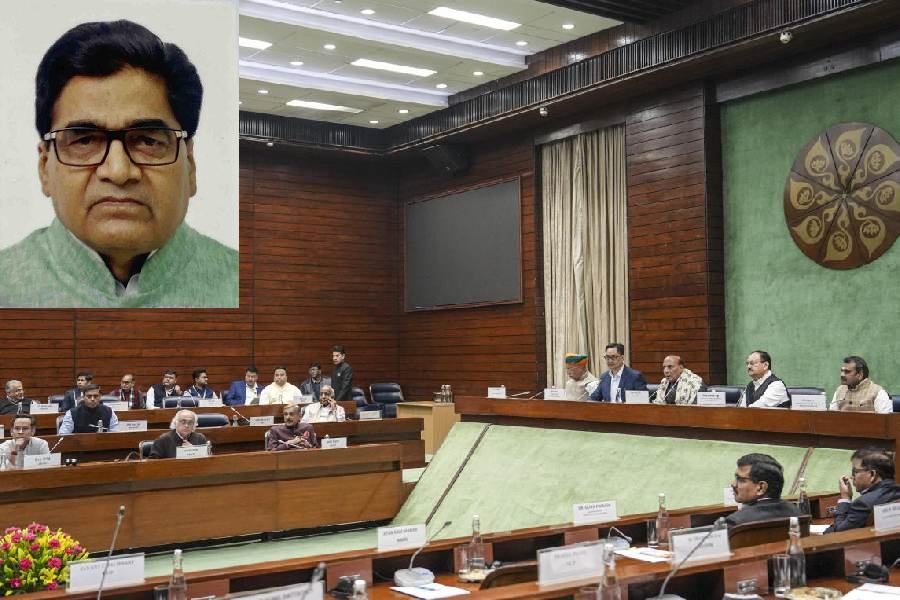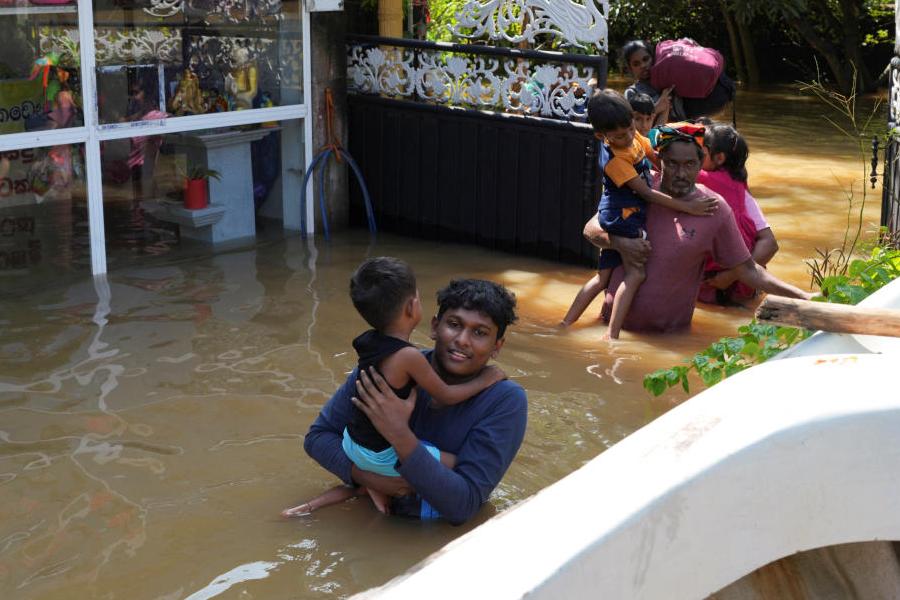Dozens of people have been killed and hundreds injured this month in the deadliest fighting between Pakistan and Afghanistan since the Taliban seized power in Kabul in 2021.
The two South Asian neighbours have now entered a 48-hour ceasefire that began at 6:30 pm on Wednesday, following days of airstrikes and ground clashes along their shared border.
The truce followed appeals from major regional powers, as the violence threatened to destabilise a region where groups, including the Islamic State and al-Qaida, are trying to resurface, reported AP.
There were no reports of overnight fighting, though key border crossings remained closed on Thursday.
According to the United Nations, the heaviest toll was recorded on Wednesday in Spin Boldak on the Afghan side of the border, where at least 17 civilians were killed and 346 were injured.
The UN Assistance Mission in Afghanistan (UNAMA) also documented at least 16 civilian casualties across several provinces during earlier clashes.
It urged both nations to “bring a lasting end to hostilities to protect civilians and prevent further loss of life.” Pakistan has not released its own figures for civilian casualties.
The Taliban spokesperson, Zabihullah Mujahid, wrote on X that Pakistan launched attacks on Afghanistan’s Spin Boldak district of Kandahar using light and heavy weapons, claiming more than 12 civilians were killed and over 100 injured.
Pakistan has repeatedly accused Afghanistan of harbouring militants responsible for cross-border attacks — an allegation rejected by the Taliban. Islamabad has faced a sharp rise in such attacks since 2021.
The two countries share a 2,611-km border known as the Durand Line, which Afghanistan has never recognised. Cross-border violence has intensified since October 10, with both sides accusing each other of initiating armed provocations.
How do Pakistan and Afghanistan stack up against each other
The International Institute for Strategic Studies (IISS) in London has compared the military capabilities of the two nations.
Pakistan’s armed forces benefit from strong recruitment and Chinese-supplied equipment, alongside ongoing investments in nuclear, naval, and air force modernisation.
Pakistan has 660,000 active defence personnel — 560,000 in the army, 70,000 in the air force, and 30,000 in the navy.
Its arsenal includes more than 6,000 armoured fighting vehicles, over 4,600 artillery pieces, 465 combat aircraft, and more than 260 helicopters, including multi-role, attack, and transport types. The country also possesses a nuclear arsenal of 170 warheads.
The Afghan Taliban’s military, by contrast, is weaker and struggling with declining capability.
A lack of international recognition has hindered its modernisation and maintenance of foreign equipment seized after taking power in 2021.
Afghanistan’s armed forces are estimated to have 172,000 active personnel, with plans announced to expand to 200,000.
While Afghan forces possess Soviet-era tanks, armoured personnel carriers, and some artillery of at least three types, the exact numbers are unknown.
The Taliban also maintain at least six aircraft, some dating back to the Soviet era — and 23 helicopters, though their operational condition remains uncertain. Afghanistan does not possess any nuclear weapons.
Will Trump solve another war?
US President Donald Trump has said he is willing to step in to help resolve the conflict.
Speaking to reporters aboard Air Force One on his way to Egypt to co-chair an international peace summit on Gaza on Sunday, Trump remarked, “I hear there’s a war now going between Pakistan and Afghanistan. I said, I’ll have to wait until I get back.”
He added that he is “good at solving wars,” referencing his recent claims of resolving the conflict between Israel and Hamas.












